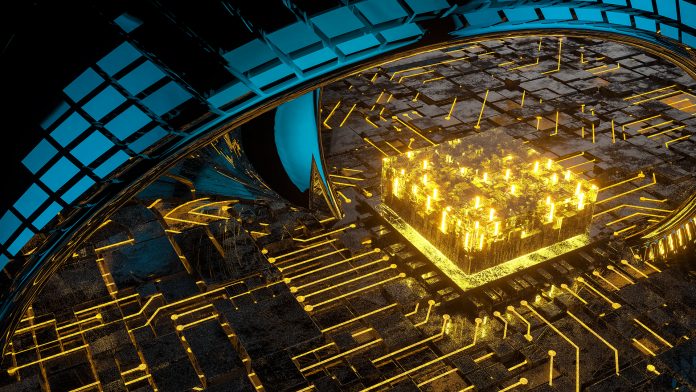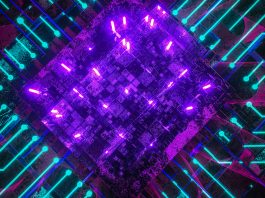A novel partnership between UC Santa Barbara researchers and Cisco Systems aims to push the boundaries of quantum technologies.
Assistant professors Yufei Ding and Galan Moody have obtained research awards from the technology titan to work alongside its new Quantum Research Team, which was put together to undertake the research and development necessary to transform quantum hardware, software, and applications into widely utilised quantum technologies.
“We are pleased to support the research by Professor Moody and Professor Ding in quantum information processing,” explained Alireza Shabani, head of Cisco’s Quantum Research and the Emerging Technologies & Incubation Team. “Collaborations with universities are part of Cisco’s plan for quantum technology development, and we are excited for the opportunity to work with UCSB labs.”
More efficient problem solving
Scientists have demonstrated the ability of quantum computers to solve some problems more effectively than classical computers. The key to the remarkable speed of a quantum computer is in its capability to manipulate entangled quantum bits, or qubits.
Currently, the majority of endeavours to construct quantum computers have depended on qubits generated in superconducting wires cooled to near absolute zero or on trapped ions held in place by microelectric circuits. However, these methods stumble upon difficulties, including the fact that the qubits are exceptionally sensitive to environmental factors. As the number of qubits increases, as does the error rate when executing an algorithm.
Cisco is providing $150,000 to facilitate the development of an alternate method that is being pursued by Moody. This technique employs a photon as an optical qubit to encode quantum information and integrate the components required for the process into a photonic integrated circuit (PIC) with built-in error correction.
Towards scalable quantum computing
“We’re thrilled to be able to work with the Cisco Quantum Research Team,” commented Moody, an assistant professor of electrical and computer engineering. “The grant helps support the design, fabrication and testing of prototype devices, but more importantly, we will be collaborating closely with their team to tackle the key challenges for scalable quantum computing with integrated photonics.”
Conventionally, silicon photonics are utilised to guide light around a photonic chip, but a partnership with Distinguished Professor John Bowers, a photonics pioneer and director of UCSB’s Institute for Energy Efficiency, showed that aluminium gallium arsenide (AlGaAs) is orders-of-magnitude more effective at producing the quantum states of light that are required for photonic quantum computing. Moody’s team has already devised the first version of computing architecture it would like to test.
“With Cisco, we’ll develop a prototype quantum computing chip to showcase the advantages of AlGaAs,” added Moody. “Then, we’ll evaluate the performance of our prototypes, refine the designs and explore new architectures to improve the performance and scalability going forward.”
“While we’re still quite far from having practical and generally useful quantum computers,” he said, “we aim to address some of the fundamental and technical challenges needed to advance photonic quantum computing technologies to the point where we can make real and impactful benefits to society.”
Tackling Optimisation Problems
Ding, an assistant professor of computer science, has been awarded $100,000 from Cisco to help facilitate several novel quantum computing research activities from a programming system perspective. She has suggested an in-depth and methodical examination of optimisation problems in quantum circuit distribution, a project that may aid scientists in developing a network of connected quantum devices.
“I am excited for this opportunity to deepen and widen my programming and compiler research on quantum computing through the Cisco research grant,” commented Ding. “I look forward to working with Cisco’s quantum team, Professor Galan Moody and other awardees to build advanced quantum systems.”
“A key step in building a large-scale quantum computer is to develop quantum systems that can network multiple individual quantum devices and allow quantum information exchanges,” explained Ding. “Through a thorough examination of the compilation optimisation space, our project aims to automatically turn a standard quantum algorithm into a distributable version that captures the resources required to operate a networked quantum computer.”
“Our CAREER project aims to take the optimisations from the gate-level — a quantum gate is a basic logical operation that manipulates the state of the qubits — and extend them to the higher algorithmic level and the lower pulse level,” concluded Ding, who has also received an Early Career Award from the IEEE Computer Society’s Technical Consortium on High Performance Computing. “In the work supported by Cisco, we will seek to extend the compilation from a single-node quantum processor to a multi-node distributed quantum system.”









